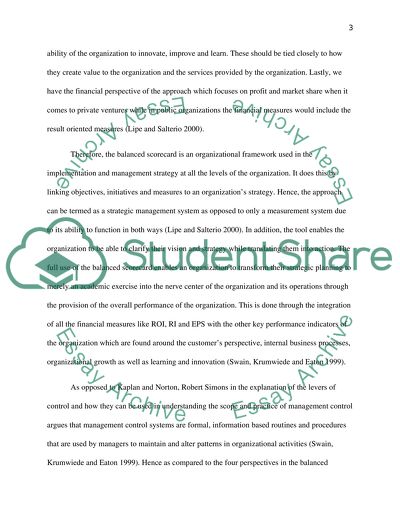Cite this document
(“Management accounting and control Coursework Example | Topics and Well Written Essays - 3750 words”, n.d.)
Management accounting and control Coursework Example | Topics and Well Written Essays - 3750 words. Retrieved from https://studentshare.org/finance-accounting/1477595-management-accounting-and-control
Management accounting and control Coursework Example | Topics and Well Written Essays - 3750 words. Retrieved from https://studentshare.org/finance-accounting/1477595-management-accounting-and-control
(Management Accounting and Control Coursework Example | Topics and Well Written Essays - 3750 Words)
Management Accounting and Control Coursework Example | Topics and Well Written Essays - 3750 Words. https://studentshare.org/finance-accounting/1477595-management-accounting-and-control.
Management Accounting and Control Coursework Example | Topics and Well Written Essays - 3750 Words. https://studentshare.org/finance-accounting/1477595-management-accounting-and-control.
“Management Accounting and Control Coursework Example | Topics and Well Written Essays - 3750 Words”, n.d. https://studentshare.org/finance-accounting/1477595-management-accounting-and-control.


